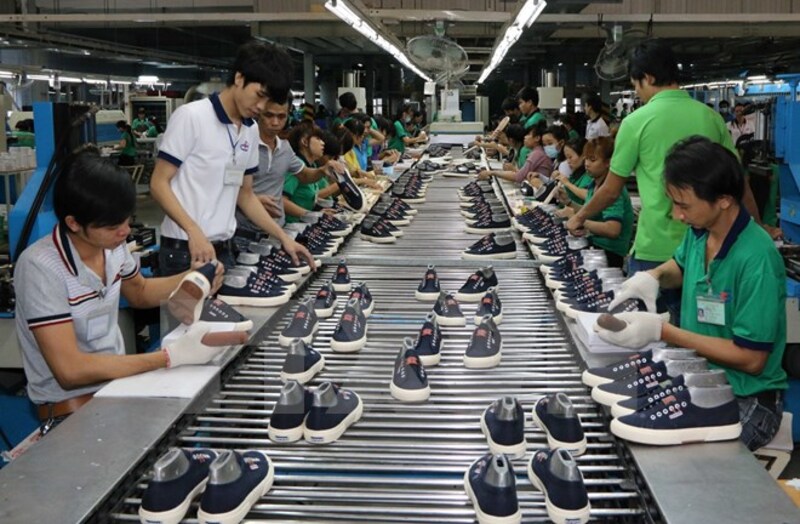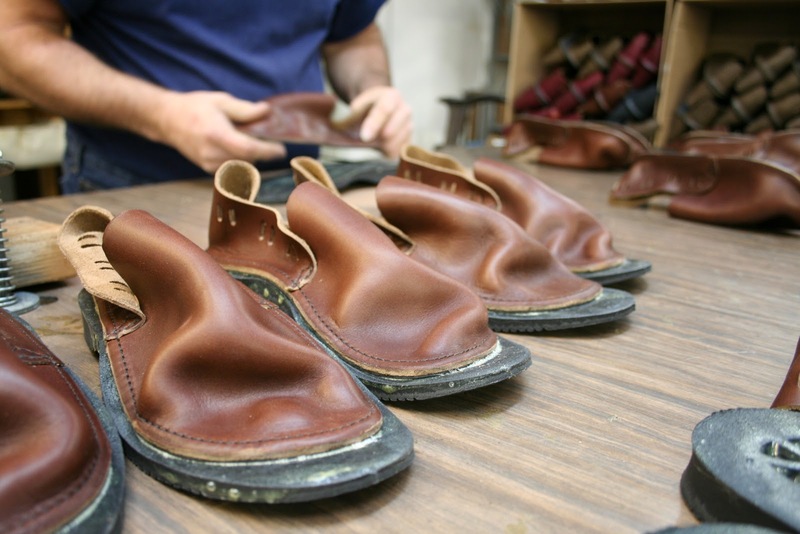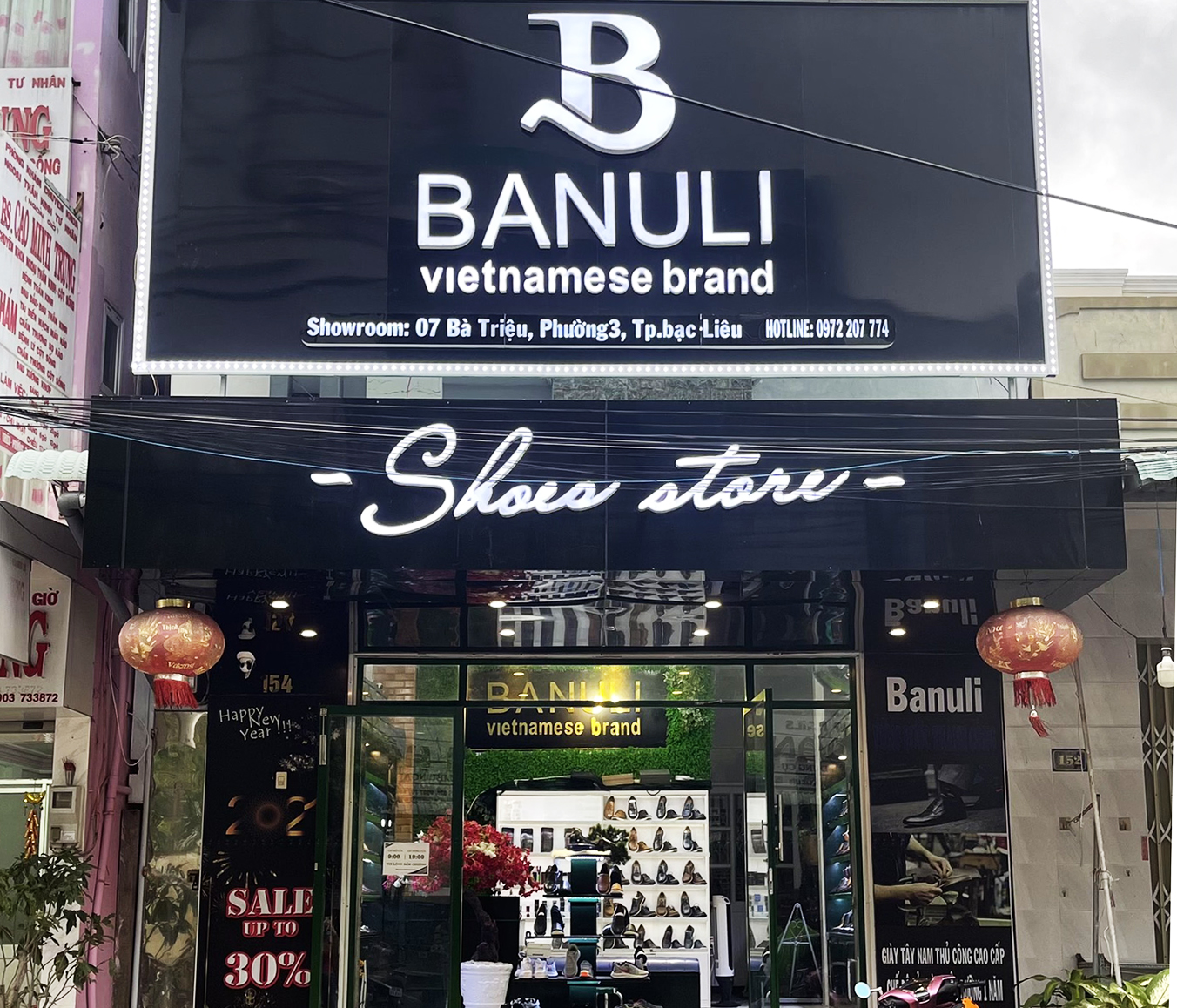Sustainable development for Vietnam footwear industry
In April, 2004, the Department of Industry and Trade, Vietnam Leather, Footwear and Handbag Association and HCMC Leather, Footwear and Handbag Association came together to receive and acknowledge the suggestions for adjusting "The development plan of Vietnam leather footwear industry" with vision to 2035 after 5-year implementation of master development plan of Vietnam footwear industry to 2020 with vision to 2025 according to Decision No. 6209/QD-BCT.
According to the targeted purpose, Vietnam's footwear export turnover will reach USD 25-27 billion in 2020, USD 35-37 billion in 2025 and USD 55-60 billion in 2035. The average export turnover in the 2016-2020 period will be 10-11%/year. Vietnam Leather and Footwear Association predicts that by 2017, the sector's output will grow 5% higher than 2016, and export turnover will reach nearly USD 18 billion, up by 10%.
By 2017, a number of targets have been implemented quite well compared to the objectives of the master plan for the development of Vietnam's footwear industry to 2020 with a vision to 2025 granted by Department of Industry and Trade in 2010. In detail, sectoral planning in the direction of opening with the fundamental completion of the equitization of state enterprises, joint ventures and links with all economic sectors has created conditions for businesses in the industry to develop strongly. The production capacity of the sector has been improved thanks to the investment in renovation of equipment and advanced technology, the construction of new large-scale plants, the diversification of products and the improvement of quality, which contributes to meet the demand for domestic consumption and increasing exports. Most footwear companies have applied management systems in accordance with ISO 9000, ISO 14000, SA 8000, and perform social responsibility well.
Vietnam is among the top four footwear producers in the world by the end of 2016 (top 3 includes China, India and Brazil), but Vietnam is the third largest exporter in the world of value (after China and Italy). Today, the footwear industry has maintained its position as a key economic industry, contributing to create more jobs and increase social income. Currently, the total number of employees in this sector is over 1.1 million.
However, there is a problem that the mode of production of the industry is mostly outsourced. The main reason is that shoemaking factories have encountered so many difficulties in finding their way to self-product. In particular, most raw materials are still imported, products have not had reputation in the export market and even there is also harsh competition in the domestic market between imported goods and domestic products. In addition, the level of technical staff is weak in the design of product and market penetration. The construction of specialized industrial zones, especially in the tanning industry has not been implemented due to lack of capital and location constraint when many localities do not advocate the development of footwear.
To be able to raise the level of self-production requires the footwear manufacturers to have to jointly design products for higher productivity and ensuring the shortest production time. In addition, the government should have policies to facilitate enterprises to access to capital for the purpose of renovating technology. Nowadays, sense of discipline of workers are still low so it is difficult to increase productivity. Therefore, it is very important to set the rules for the laborers in the footwear industry.










